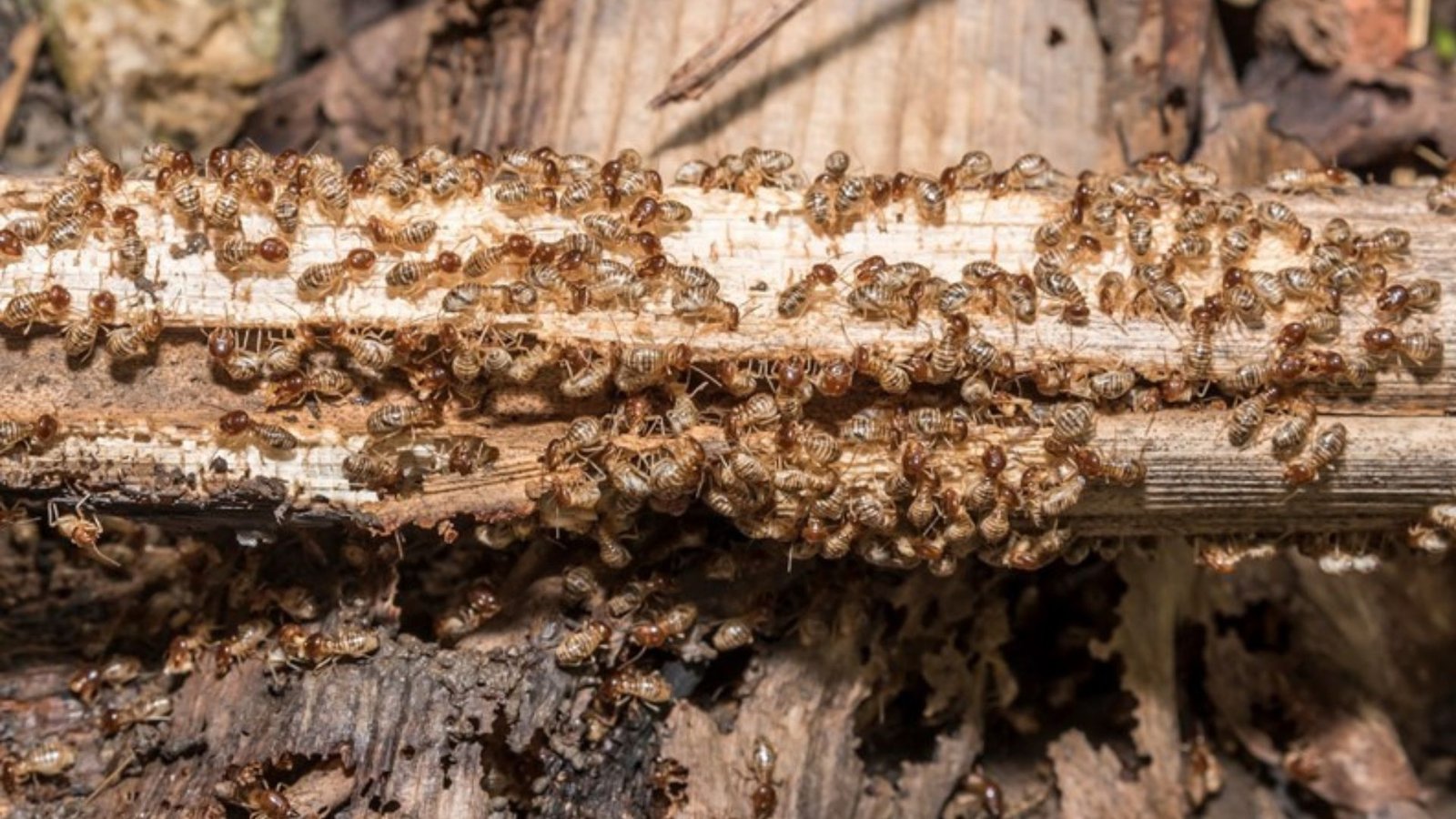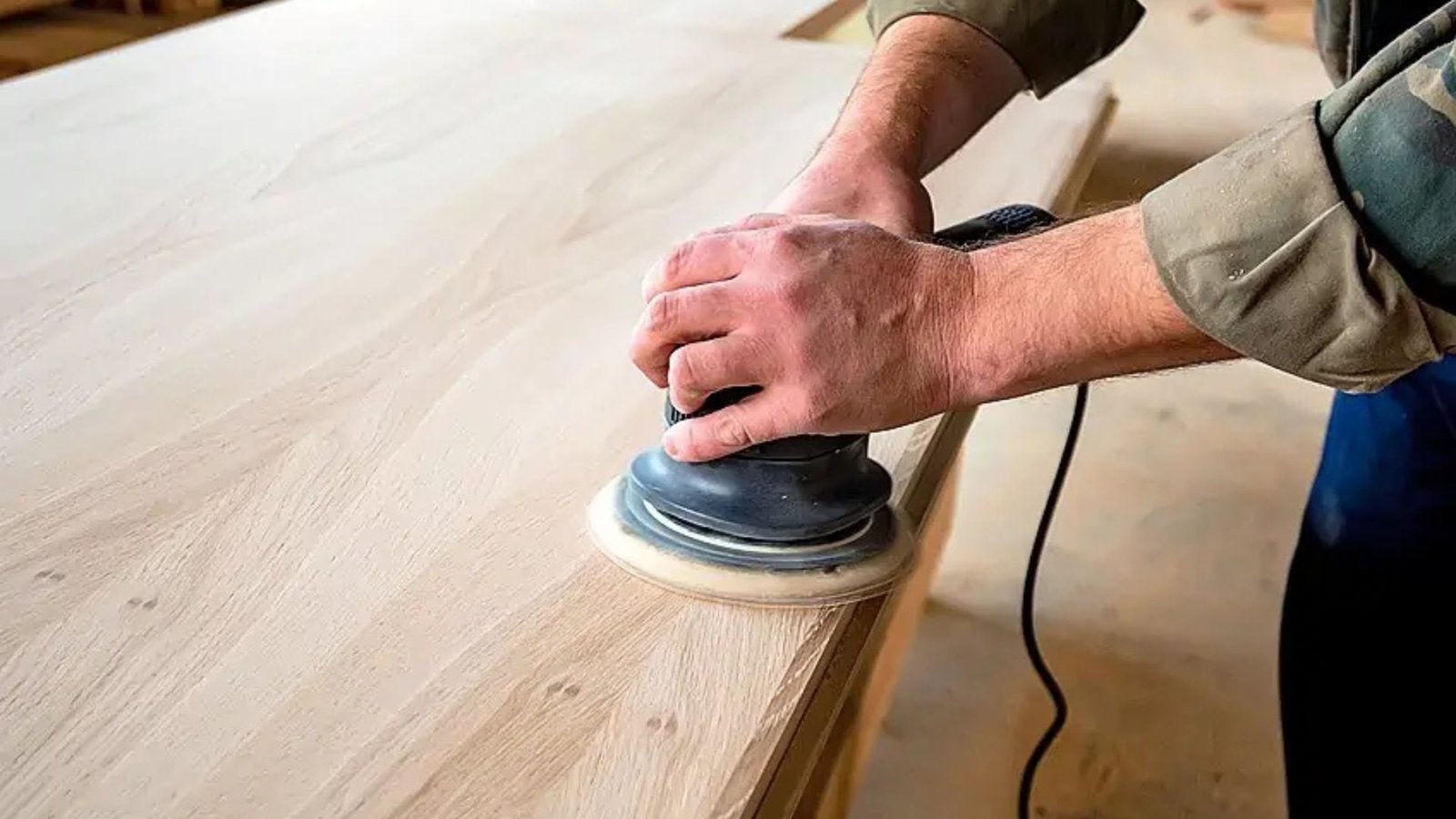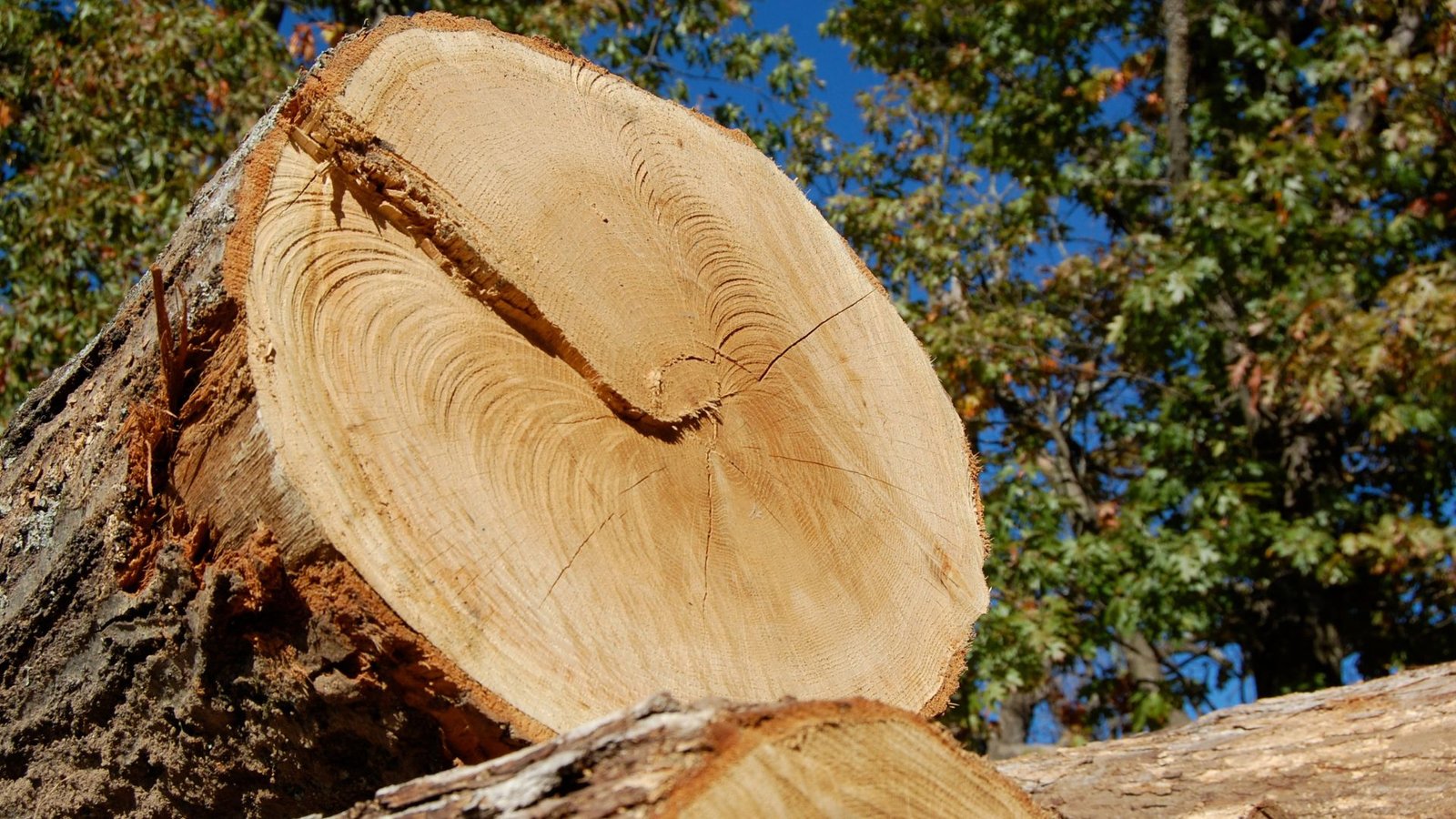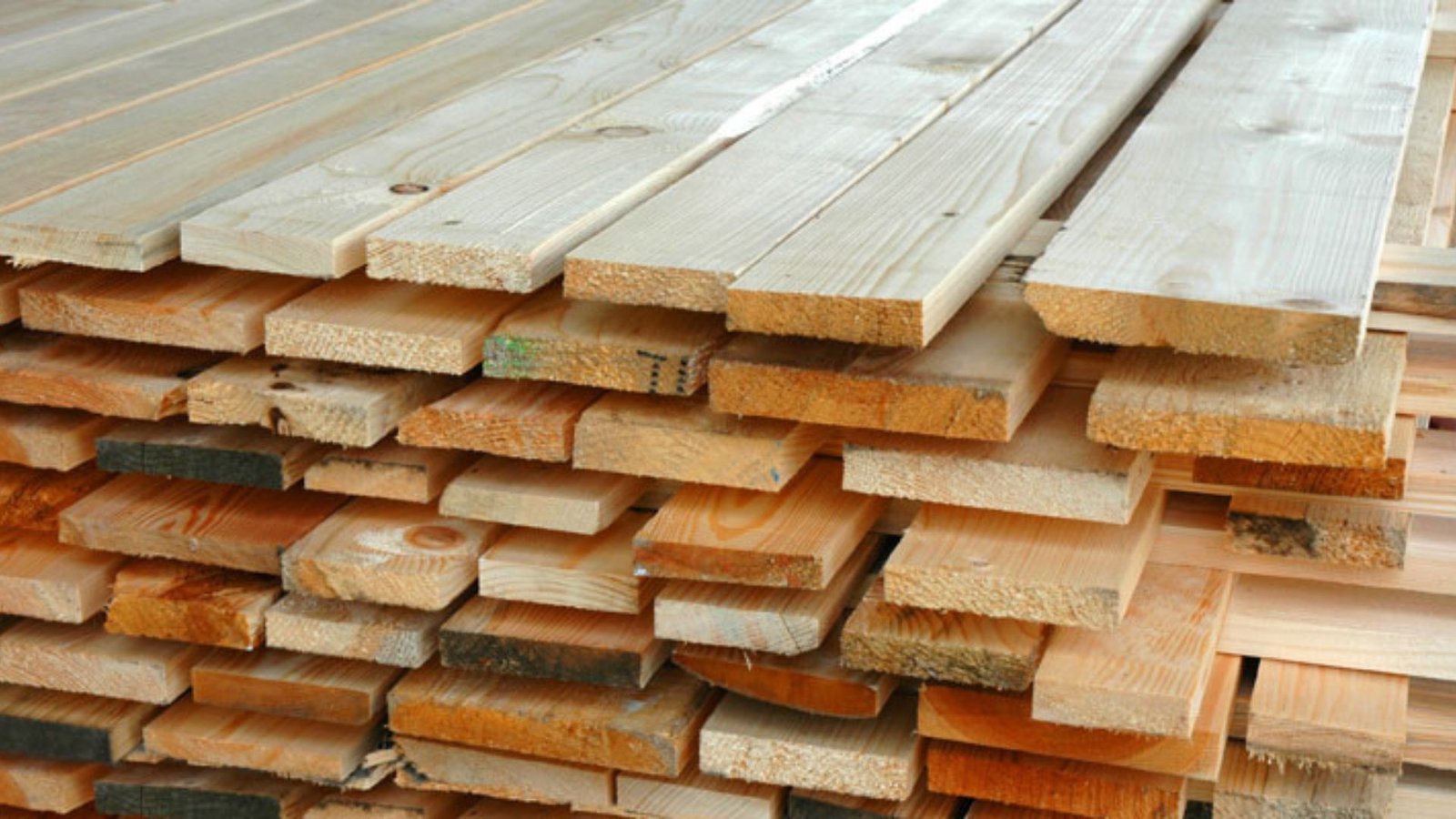When it comes to building and crafting with wood, one major concern is protecting lumber from termites and other pests. These tiny creatures can cause significant damage to your wooden structures and furniture, leading to costly repairs. In this article, we’ll share strategies for protecting lumber from termites and other pests, ensuring that your wood remains strong and beautiful for years to come.
Understanding Termite and Pest Threats
To effectively protect lumber from termites and other pests, it’s essential to understand the threats they pose. Termites are known for their ability to chew through wood, while other pests like carpenter ants and wood-boring beetles can also damage your structures. These pests thrive in moist environments and can quickly establish colonies if the right conditions exist. Recognizing these threats is the first step in safeguarding your wood.

1. Choose Treated Lumber
One of the best ways to protect lumber from termites and other pests is to use pressure-treated wood. This type of lumber has been treated with chemicals that repel insects and prevent decay. Using treated lumber for outdoor projects or areas prone to moisture can significantly reduce the risk of pest infestations. Always check for treatment labels to ensure you are using the right type of lumber for your needs.
2. Maintain Proper Drainage
Moisture is a key factor in attracting pests. Therefore, maintaining proper drainage around your home or project area is crucial for protecting lumber from termites and other pests. Ensure that gutters are clean and direct water away from wooden structures. Proper grading of the landscape will help keep moisture from accumulating around the foundation, reducing the risk of termite infestations.
3. Seal and Paint Wood Surfaces
Sealing and painting your lumber is an effective way to create a barrier against pests. A high-quality exterior paint or sealant can protect the wood from moisture and pests. Make sure to cover all surfaces, including edges and ends, as these areas are particularly vulnerable. Regularly inspect and reapply finishes as needed to maintain this protective barrier.
4. Store Lumber Properly
If you have lumber that isn’t in use, storing it properly is vital for protecting lumber from termites and other pests. Keep your wood off the ground by using pallets or racks. This not only allows air circulation but also reduces moisture contact, making it less inviting for pests. Covering stored lumber with a tarp can also help keep it dry.
5. Keep the Area Clean
Regularly cleaning the area around your wooden structures can significantly reduce the likelihood of pest infestations. Remove debris, such as leaves and wood scraps, that can attract termites and other pests. Additionally, trim back vegetation that is in direct contact with wooden surfaces, as this can create a bridge for pests to reach your lumber.
6. Monitor for Signs of Infestation
Being vigilant and monitoring for signs of pest infestations can help you catch problems early. Look for signs like mud tubes, wood shavings, or hollow-sounding wood, which may indicate termite activity. If you notice any signs, take immediate action to address the problem and prevent further damage.
7. Use Borate Treatments
Borate treatments are a popular choice for protecting lumber from termites and other pests. Borate is a natural mineral that is toxic to insects but safe for humans and pets. Applying a borate solution to your wood can help prevent pest infestations while also resisting mold and fungi. This method is especially effective for untreated lumber.
8. Install Physical Barriers
Physical barriers can also help protect your lumber from pests. Installing metal mesh or stainless-steel screens around the foundation of your home can prevent termites from gaining access. Additionally, using barriers like sand or crushed stone around the foundation can deter pest movement. These barriers act as a first line of defense against infestations.
9. Schedule Regular Inspections
Regular inspections by a pest control professional can help keep your lumber safe from termites and other pests. These experts can identify potential issues and recommend treatments if necessary. Scheduling annual inspections ensures that any signs of infestation are caught early, helping to protect your investments in wood.
10. Educate Yourself on Pest Control
Finally, educating yourself about pest control methods can empower you to protect your lumber effectively. Stay informed about the types of pests that threaten wood and the best practices for prevention. Understanding the life cycles and behaviors of these pests can help you implement effective strategies for protecting lumber from termites and other pests.
Conclusion
Protecting lumber from termites and other pests is essential for maintaining its integrity and beauty. By choosing treated wood, maintaining proper drainage, sealing surfaces, and monitoring for signs of infestation, you can significantly reduce the risk of damage. Remember, a proactive approach is the key to preserving your wooden structures for years to come. With these strategies in place, you can enjoy the natural beauty of your wood without the worry of pest-related problems.











